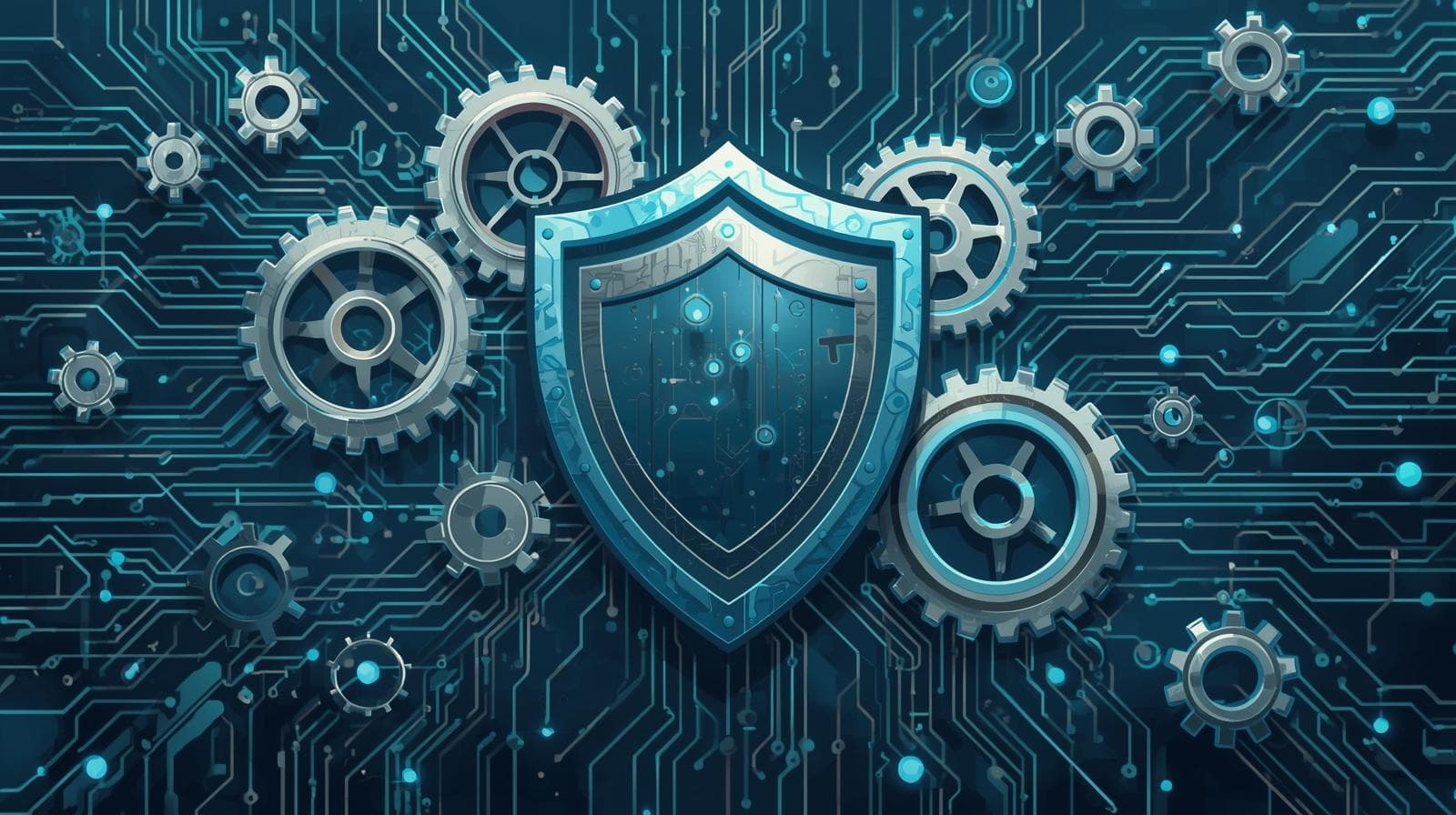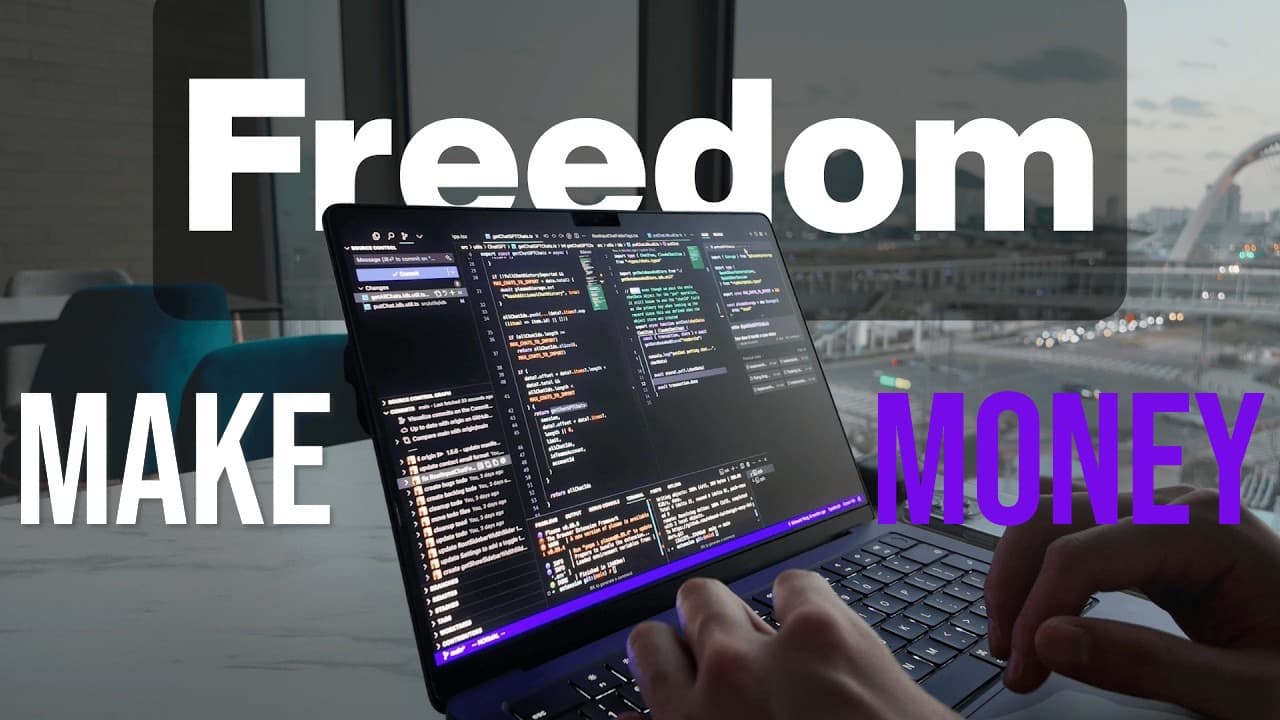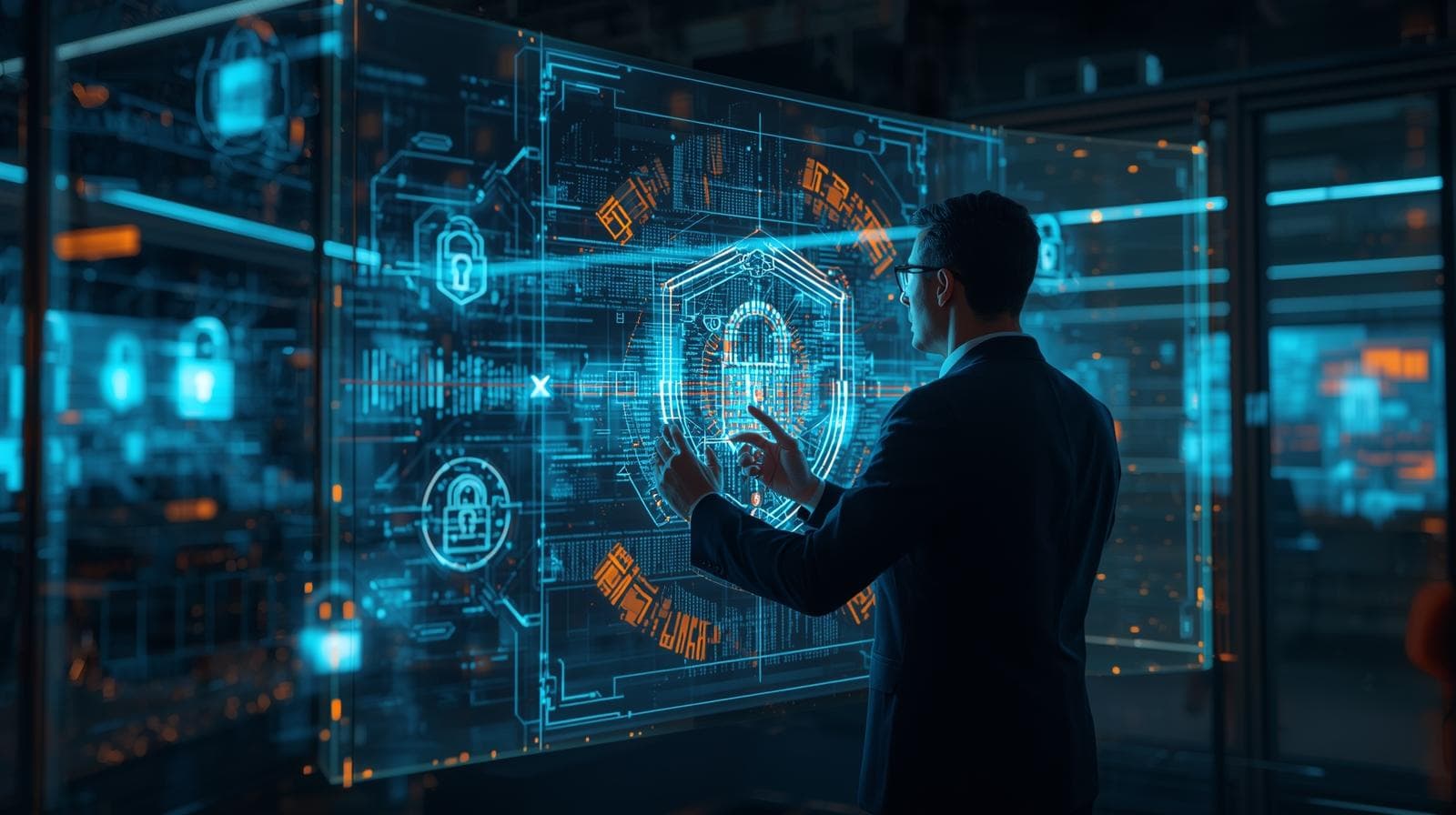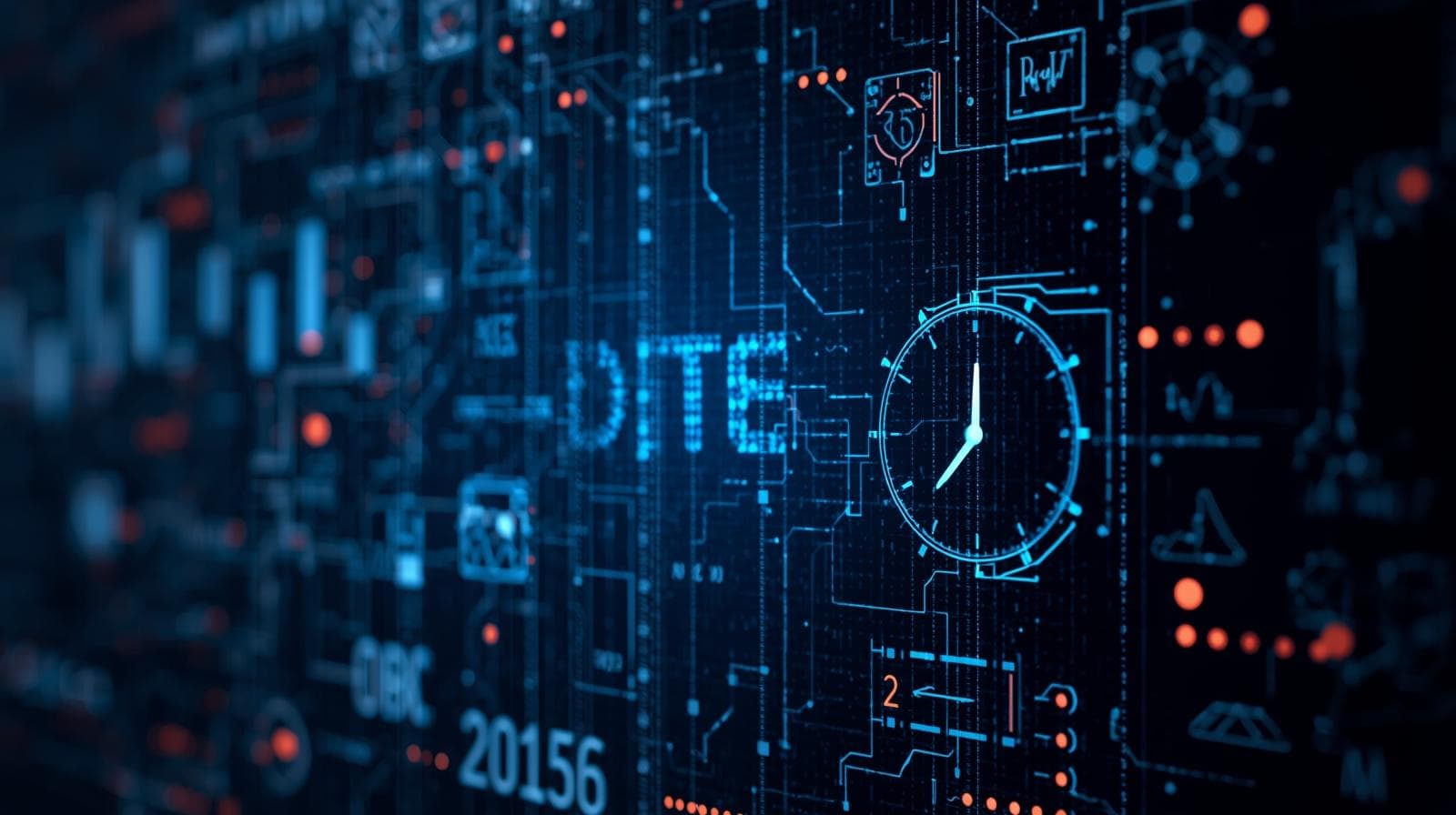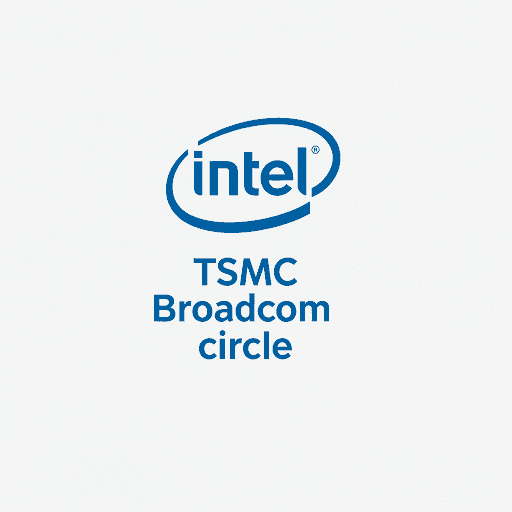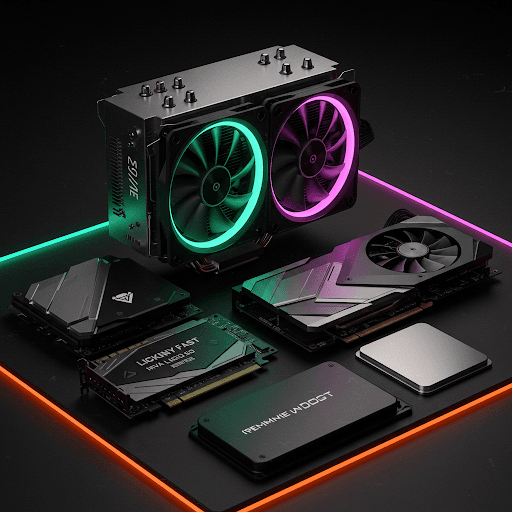Blockchain & Web3 Explained: A Beginner's Guide to the Decentralized Internet

Demystify Blockchain and Web3. Learn how decentralization, cryptocurrencies, and Apps are reshaping the digital world.
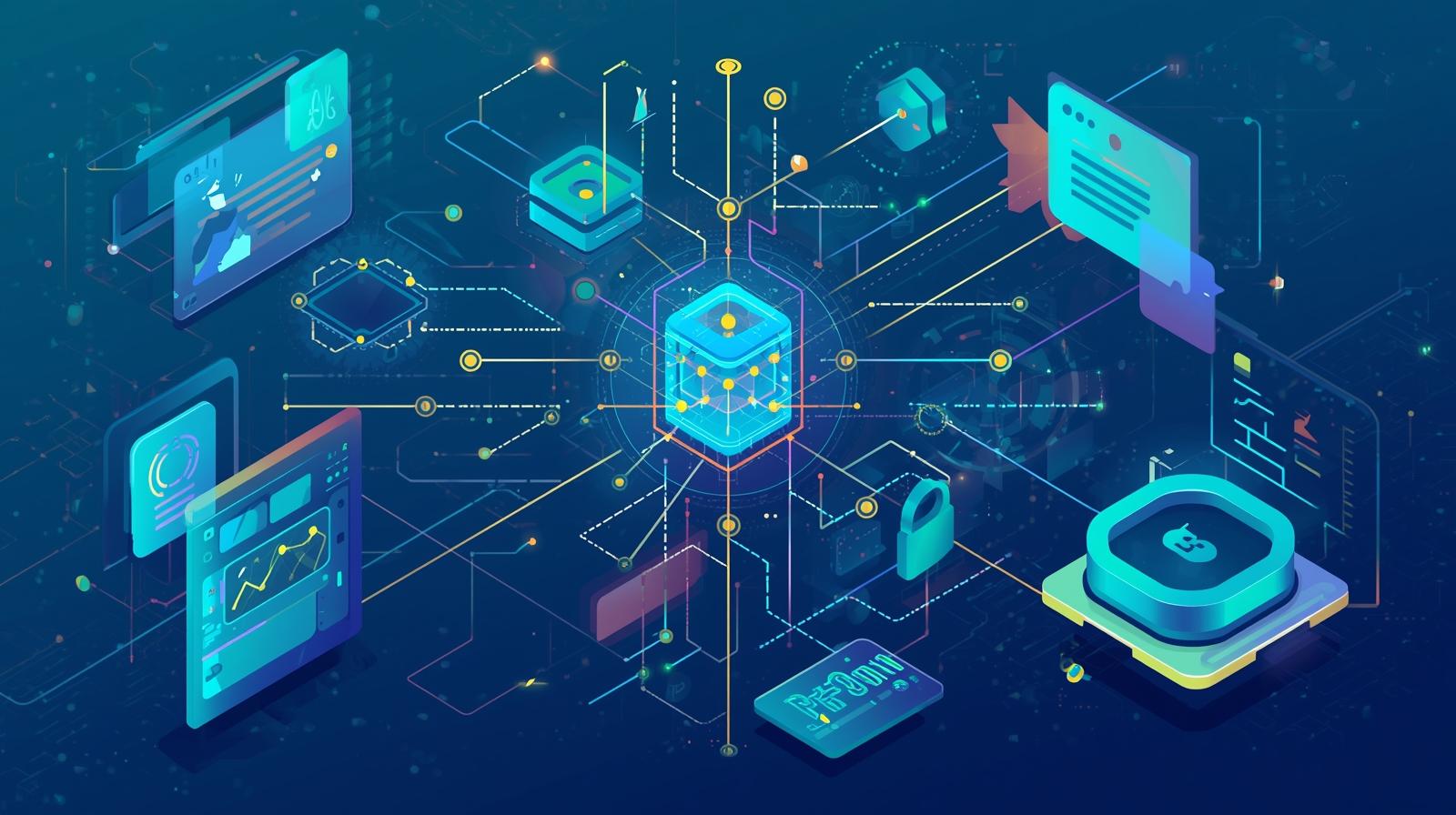
Blockchain & Web3 Explained: A Beginner's Guide to the Decentralized Internet
Beyond Bitcoin: Your In-Depth Guide to Blockchain & The Dawn of Web3
You’ve heard the buzzwords. Blockchain. Web3. NFTs. Metaverse. They flash across news tickers, pop up in tech podcasts, and are hailed as the inevitable future of the internet. But what do they actually mean? Beyond the hype and the cryptic jargon, a genuine technological revolution is brewing—one that promises to reshape how we interact, transact, and trust in the digital world.
This isn't just about cryptocurrency prices. This is about a fundamental shift from an internet owned by a few powerful corporations to an internet built, owned, and governed by its users. It's about Web3.
In this comprehensive guide, we’ll demystify these concepts. We'll start with the bedrock technology—blockchain—and build our way up to the grand vision of Web3, all while keeping things engaging, informative, and, most importantly, human.
Part 1: The Foundation - What is Blockchain, Really?
Let's strip away the complexity. At its heart, a blockchain is a novel type of database. But unlike a traditional database that is owned and controlled by a single entity (like Google's or Amazon's servers), a blockchain is decentralized and distributed.
Imagine a digital ledger, like a Google Sheet. But instead of this sheet living on one company's computer, it's simultaneously copied across thousands of computers worldwide. This network of computers is called a node network.
Now, every time a new transaction (or a piece of data, called a block) needs to be added to the sheet (the chain), a complex cryptographic puzzle must be solved by these computers. This process is called mining or validating. Once solved, the new block is verified by a majority of the network and added to the chain. The key here is that each new block contains a unique cryptographic fingerprint (a hash) of the previous block, creating an unbreakable, chronological chain.
The Magic Sauce: Core Principles of Blockchain
This simple setup gives blockchain its revolutionary properties:
Decentralization: No single entity has control. The network is maintained by a collective. This eliminates single points of failure and removes the need for a trusted intermediary (like a bank or a social media company).
Immutability: Once a block is added to the chain, it is practically impossible to alter. To change a single record, a bad actor would need to alter every subsequent block and do so on over 51% of the computers in the network simultaneously—a computational task so vast it's infeasible. The ledger is permanent and tamper-proof.
Transparency: While personal information can be kept private, the transactions themselves are visible to anyone on the network. This creates an unprecedented level of auditability and trust.
Security: The combination of cryptography and decentralization makes blockchains incredibly secure against hacking and fraud.
In a nutshell: Blockchain is a decentralized, immutable, and transparent digital ledger.
Part 2: The Evolution of the Web: From Web1 to Web2 to Web3
To understand why Web3 is such a big deal, we need to see it as the latest chapter in the story of the internet.
Web1 (The Read-Only Web, ~1990-2004): This was the early, static internet. It was built on open protocols (HTTP, SMTP), and most users were consumers of content. Think personal GeoCities pages, basic HTML sites, and directories. It was decentralized by nature but not very interactive.
Web2 (The Read-Write Web, ~2004-Present): This is the internet we know today. It's dynamic, social, and interactive. We became the product. Platforms like Facebook, YouTube, Google, and Twitter allowed us to create and share content, but they also centralized that content and data on their private servers. They became the powerful intermediaries, capturing immense value from our interactions and data.
Web3 (The Read-Write-Own Web, Emerging Now): Web3 is the response to the centralization of Web2. It envisions an internet built on open, decentralized protocols, primarily blockchains. In Web3, users can own their digital assets, data, and identity. It shifts power from corporations back to individuals through tokens and cryptocurrencies, which act as both a means of payment and a tool for governance.
Era | Core Characteristic | Key Players | User Role | Ownership |
|---|---|---|---|---|
Web1 | Read-Only | Open Protocols | Consumer | Users own nothing |
Web2 | Read-Write | Big Tech Corps | Creator | Platforms own everything |
Web3 | Read-Write-Own | Users, DAOs, Protocols | Owner | Users own their content, data, and assets |
Part 3: The Building Blocks of Web3
Web3 isn't a single technology; it's an ecosystem built on a stack of interconnected innovations.
Blockchains (The Settlement Layer): These are the foundational layers. Ethereum is the most prominent for Web3 applications, but others like Solana, Cardano, and Polkadot are also key players. They process and finalize transactions.
Cryptocurrencies & Tokens (The Native Currency): These are the native assets of blockchains (like ETH on Ethereum). They are used to pay for transaction fees ("gas") and services. Tokens can represent anything of value: a currency, a share in a project, access to a service, or a digital item (like an NFT).
Wallets (Your Digital Identity): Your crypto wallet (like MetaMask or Phantom) is your passport to Web3. It doesn't actually "store" coins; it stores your private keys—cryptographic passwords that prove your ownership of the assets on the blockchain. It's your identity and bank account, rolled into one.
dApps (Decentralized Applications): These are the apps we use in Web3. Unlike a normal app that runs on centralized servers, a dApp's backend code runs on a decentralized peer-to-peer network (a blockchain). Examples include decentralized exchanges (Uniswap), NFT marketplaces (OpenSea), and play-to-earn games (Axie Infinity).
Smart Contracts (The Engine): This is the true genius behind Ethereum. A smart contract is self-executing code stored on a blockchain that automatically runs when predetermined conditions are met. They are the building blocks for all dApps. For example, a smart contract could automatically release funds to a freelancer the moment a client approves their work, with no bank in the middle.
DAOs (Decentralized Autonomous Organizations): Imagine a company or a club with no CEO. A DAO is an organization governed by smart contracts and its members, who vote on proposals using tokens. It's community-owned and operated, a perfect example of Web3's ethos in action.
Part 4: Real-World Use Cases - It's More Than Just Crypto
The potential of this technology extends far beyond digital money. It's a new paradigm for trust.
Finance (DeFi - Decentralized Finance): This is one of the most developed use cases. DeFi platforms aim to recreate traditional financial systems (lending, borrowing, insurance, trading) without intermediaries. You can lend your crypto and earn interest directly from a borrower, or swap one token for another, all governed by code.
Digital Ownership & Creativity (NFTs): Non-Fungible Tokens (NFTs) are unique digital certificates of ownership stored on a blockchain. While often associated with art, their utility is vast: proving ownership of in-game items, digital identity, memberships, tickets, and even real-world assets like property deeds.
Gaming (GameFi & Play-to-Earn): Web3 transforms the gaming economy. Instead of game studios owning all the in-game items you "buy," true ownership can be given to players via NFTs. Players can earn valuable tokens through gameplay and trade their assets on open marketplaces.
Supply Chain: Companies like IBM are using blockchain to track goods from origin to shelf. You could scan a QR code on a coffee bag and see its entire journey, verifying its organic and fair-trade claims immutably.
Digital Identity: Imagine a self-sovereign identity you control. Instead of using "Login with Facebook," you could prove your age or citizenship without revealing your birth certificate or passport, reducing fraud and giving you control over your personal data.
Voting: Blockchain-based voting systems could potentially reduce fraud and increase accessibility and transparency in elections, though this remains a complex and challenging application.
Mastering the fundamentals of software development is the first step toward building in these revolutionary spaces. To learn professional software development courses such as Python Programming, Full Stack Development, and MERN Stack, which form the foundational skills for understanding and creating Web3 applications, visit and enroll today at codercrafter.in.
Part 5: Navigating the Web3 Space - Best Practices & Caution
This new frontier is exciting but also fraught with risks. Here’s how to explore it safely.
DYOR (Do Your Own Research): This is the golden rule. Never invest in a project based on hype or a influencer's tweet. Understand the technology, read the project's whitepaper, and scrutinize the team behind it.
Security is Paramount: Your crypto is only as secure as your private keys.
Never share your seed phrase/recovery phrase with anyone. Ever. No legitimate project will ever ask for it.
Use hardware wallets (like Ledger or Trezor) for significant sums. They keep your keys offline.
Be wary of phishing sites. Always double-check URLs.
Start Small: This is a volatile and experimental space. Only invest what you are absolutely willing to lose. Use small amounts to learn how transactions, gas fees, and dApps work.
Understand Gas Fees: Transactions on blockchains require fees. These "gas fees" can fluctuate wildly based on network congestion. Be prepared for this cost.
Embrace the Community: Web3 is heavily community-driven. Join Discord servers and Twitter spaces to learn from others, but always maintain a healthy dose of skepticism.
Part 6: Frequently Asked Questions (FAQs)
Q: Is Web3 just a buzzword?
A: While there is certainly hype, the underlying technology (blockchain, cryptography) is very real and has proven its utility. Whether the grand vision of Web3 is fully realized remains to be seen, but the innovation is significant and ongoing.
Q: What's the difference between Bitcoin and Ethereum?
A: Bitcoin is primarily a decentralized digital currency and a store of value ("digital gold"). Ethereum is a decentralized world computer designed to run smart contracts and power dApps. It's programmable money.
Q: Are blockchain transactions really anonymous?
A: They are pseudonymous. Transactions are tied to a public wallet address, not directly to your real-world identity. However, if your identity is ever linked to your wallet address, your entire transaction history becomes public. Privacy-focused chains exist for greater anonymity.
Q: Isn't blockchain bad for the environment?
A: This was a major valid criticism of Proof-of-Work (PoW) blockchains like Bitcoin and formerly Ethereum, which used immense computational power. However, the space is rapidly evolving. Ethereum's recent "Merge" upgraded it to a Proof-of-Stake (PoS) consensus mechanism, reducing its energy consumption by over 99.9%. Many newer blockchains also use energy-efficient models.
Q: How can I start using Web3?
A: 1. Get a wallet (MetaMask is a great browser-based start).
2. Learn to use it safely.
3. Acquire a small amount of crypto (e.g., ETH) from a reputable exchange.
4. Explore dApps. You can visit a site like to swap tokens, or to browse NFTs.
Q: Do I need to be a programmer to be involved in Web3?
A: Absolutely not! The space needs writers, designers, community managers, artists, and thinkers. However, if you want to build the core infrastructure, smart contracts, and dApps, then strong programming skills are essential. This is where a solid education becomes invaluable. For those looking to become builders, a deep understanding of full-stack development principles is crucial. To build this foundation, consider exploring the expert-led courses at codercrafter.in.
Conclusion: The Decentralized Future is a Collaborative One
Blockchain and Web3 represent a fundamental re-imagining of how we structure our digital lives. It’s a shift from trusting third-party institutions to trusting open, auditable, and neutral code. It’s a movement towards user ownership and community governance.
The path forward won't be smooth. There are significant challenges to overcome: scalability, user experience, regulation, and of course, separating the signal from the noise in a market filled with both genius and greed.
But the core idea is powerful and enduring: an internet where we can truly own our digital selves. Whether you're an investor, a developer, an artist, or simply a curious netizen, this evolution will likely touch your life. The best way to approach it is not with blind faith, but with informed curiosity. Learn, question, experiment cautiously, and think critically about the future you want to help build.
The next chapter of the internet is being written not in Silicon Valley boardrooms, but in code, by a global community. And that, in itself, is a revolution worth understanding.
Ready to start your journey as a builder? The world of Web3 needs skilled developers. To learn professional software development courses such as Python Programming, Full Stack Development, and MERN Stack, visit and enroll today at codercrafter.in.
